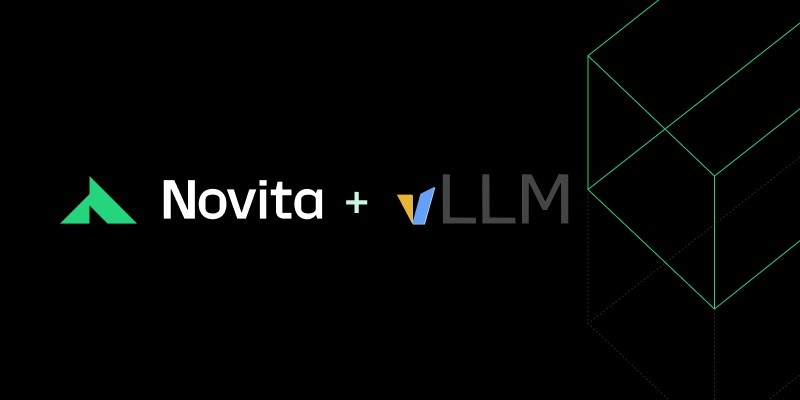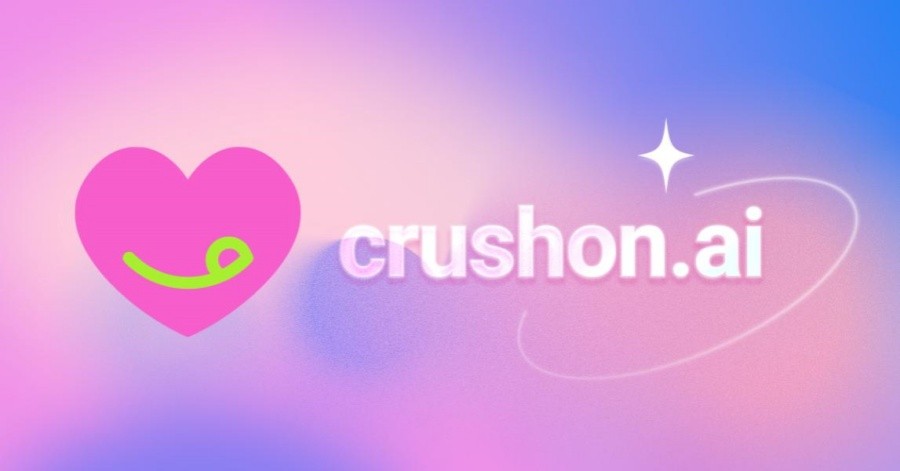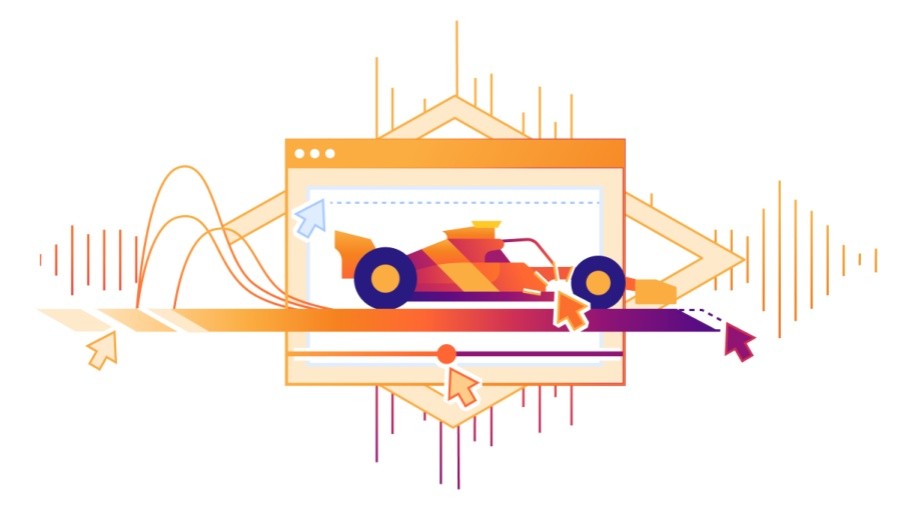
Hugging Face is a well-known platform for sharing machine learning models, datasets, and applications. Hugging Face is a valuable resource for finding or building Sora Takenouchi's AI speech model.
Why choose Hugging Face?
Rich resources: Hugging Face brings together a large collection of pre-trained models, datasets, and tools covering a variety of NLP and speech-related tasks, including text-to-speech (TTS), speech cloning, and speech conversion.
Open community: Hugging Face has an active community of developers and researchers who share their work and help each other solve problems. This makes it easier for users to find relevant resources and support.
Convenient tools: Hugging Face provides powerful libraries such as Transformers and Datasets, which simplifies the use and training process of the model.
How to find Sora’s AI voice model on Hugging Face:
Use the search function: In Hugging Face's model library, use the keywords "Sora Takenouchi", "Digimon", "voice cloning", "TTS", etc. to search. While the likelihood of finding an exact model match directly is low, you can find related resources such as:
Pre-trained TTS models: You can find some general TTS models and try to fine-tune or adjust the parameters to make it closer to Sora's voice.
Speech conversion model: You can find some speech conversion models and train them using Sora's speech data to create a model specifically for her.
Related code libraries and tutorials: You can find several code libraries and tutorials on speech cloning and speech conversion that can help you build your own models.
Follow related communities and users: Follow communities or users related to speech synthesis and animation on Hugging Face to see if anyone has created or shared related models.
If you can't find a ready-made model, how can you build it using Hugging Face?
If you don’t find a ready-made Sora AI speech model on Hugging Face, you can build it yourself using the tools and resources provided by the platform:
Prepare data: Collect as much of Sora's voice data as possible, such as audio from animation clips. Data quality and quantity are key factors affecting model effectiveness.
Choose the right models and tools: Choose the right pre-trained models and tools on Hugging Face, such as:
TTS model: Models like VITS, FastSpeech, etc. can be used for text-to-speech conversion.
Speech conversion model: So-VITS-SVC, RVC and other models can be used for speech cloning and conversion.
Transformers library: used to load and use pre-trained models.
Datasets library: used to manage and process datasets.
Perform model training: Use the collected Sora speech data to train the selected model. This process requires certain technical knowledge and computing resources.
Share your model (optional): If you successfully build Sora's AI speech model, you can share it on Hugging Face for other users to use and learn from.
IMPORTANT NOTE:
Copyright and ethics: When using any AI speech synthesis technology, please be sure to comply with relevant laws, regulations and ethical norms, and respect the copyright of the original author and character.
Technical threshold: Building a high-quality speech model requires certain technical knowledge and experience. If you are not familiar with related technologies, you can seek help from professionals or refer to relevant tutorials.
Current status: Again, the likelihood of finding the perfect Sora Takenouchi AI voice model directly on Hugging Face is low. What is more, it is necessary to use the resources on the platform for secondary development and training.
Summarize:
Hugging Face provides a powerful platform for finding and building AI speech models. Although it may be difficult to find Sora's models directly, by leveraging the resources and tools on the platform, you can try to build your own model, or follow relevant communities and users to get the latest progress and resources. Remember, adhering to copyright and ethical rules is crucial.



